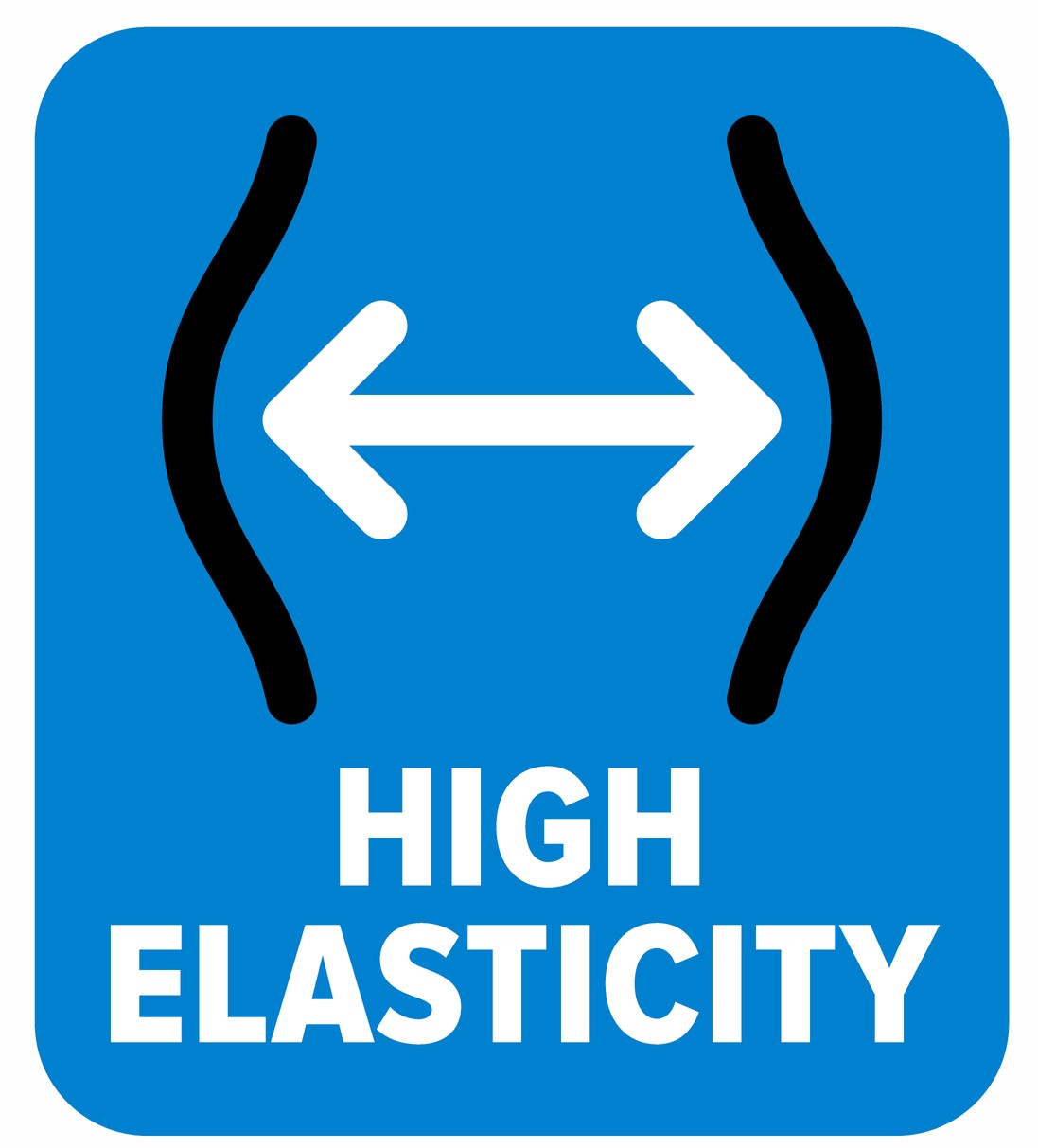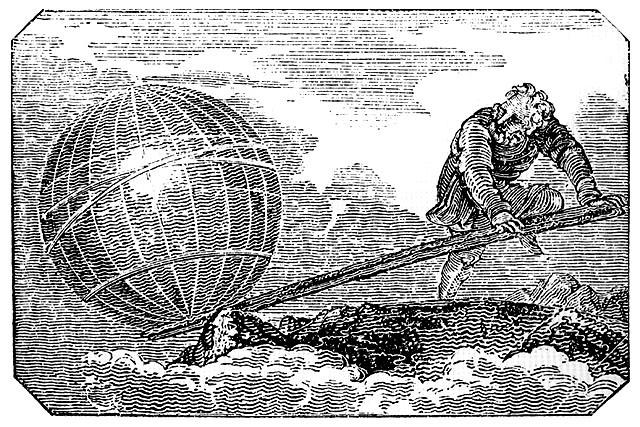This is the second in a series of blogs about Category, and how we at INSTEP see it as a vastly under-utilized source of value and market momentum among tech companies.
To review the bidding from the first post,
- I defined Category as a classification of products from multiple providers that solve a particular set of business problems.
- I observed that there’s not an extensive body of “scholarship” about Category, so I am hoping to help develop the concept with additional insight based on our experience working with clients.
- I suggested that companies who don’t leverage Category are competitively disadvantaged and at risk of being “Categorized” (passive voice intentional) by competitors and/or analysts.
- I asserted that Category defines the space into which your solution will grow over time.
In this post I want to explore the potential of Category as it relates to Competitive Differentiation.
We all know that sustainable competitive differentiation of any sort is elusive – particularly in the SaaS world. Features and functions are easily and quickly “imitated.” Buyer journeys and user experience can be diverse and mysterious.
Differentiation and Sustainability
In contrast, Category helps differentiate at a higher level of abstraction. Category expresses how you think about your customers’ business problem, and sets the stage for your unique approach to solving the problem. When you frame the problem in a way that is both compelling to the customer and positions your offering as the best possible solution, you have begun to leverage the power of Category.
From an outside-in perspective, you’ll want to make sure that
- There is enough pain and urgency that a sufficient number of target customers are willing to invest in new technology solutions;
- The target customers can both relate to your framing of the problem set and see that you have a unique perspective and approach to a solution.
From an inside-out perspective, you want to
- Position the category directly “on top of” your existing strengths, your “center of gravity” – in a way that other firms cannot with credibility;
- Create enough space for growth between current capabilities and a complete solution for the Category. The metaphor about size-of-fish and size-of-pond is spot-on in these exercises – the ratio has to be appropriate, balancing organizational capability with ambition.
All of these parameters make defining your Category a very challenging exercise. And in fact, not all of them will be possible to achieve at a 100% level. However, even at a 75% level, Category can create a significant competitive advantage.
The Creative Process
Precise language and shared understanding around meaning and intent are critical to the effort to define your Category. Specific words become very important and are very intentionally used. Important connections are made between the way you describe your Category and the way you describe your solution. It’s hard work! And totally worth it.
Some readers may say, “Well, Gartner and Forrester decide what a Category is…not us.” But the analysts aren’t clairvoyant, and they certainly aren’t worried about your competitive positioning. So don’t just accept their Magic Quadrants and Waves. Even if they do cover your competitive space reasonably well, and clients seem attuned to their perspective, you should have a refined view – “Here’s how we’ve thought about this problem set and what is driving our solution development.” In the end, analyst firms “follow the money.” If there is inbound demand within the B2B buyer market for your category, the analyst firms will begin to cover it. The trick here is to convince the analyst community there is significant interest in your category among business buyers and that you have a credible point of view about the category.
In a similar vein, I’ve heard clients say, “We’re trying to/hoping to get Gartner to create a Category for our space.” Maybe they will, and maybe they won’t. You can’t afford to wait for them to do it. Do it for yourself, and to your fullest (credible) advantage.
Your competitors have access to the same super-powers of Category as you do. If they choose to put them to their own advantage, you will encounter significant headwinds in positioning your offering to your target markets. At that point you can either accept the way they have defined the Category and positioned their offering (and yours), or you can reactively create a “counter-view” of the Category, fighting fire with fire.
Category is Dynamic
Finally, just like markets and competition, Category is a dynamic concept. That is, Categories evolve, grow, divide, fade, etc. Your Category strategy will need a full refresh every 18-24 months. I’ll write about Category evolution and the Technology Adoption Life Cycle in a later post in this series, but in the meantime, here are a few questions about Category and Competitive Differentiation.
- What set of business problems (i.e. Category) are you solving today, and how is that changing over time?
- How would you describe your approach to developing solutions in this Category, and how does that compare to other providers?
- How are you playing offense in your target markets, beyond product positioning?
- To what extent is there shared understanding and alignment on your answers to the above?
From the Real World
We recently worked with a company to develop a Category strategy that would shift their focus from playing defense in multiple markets to playing offense in a highly targeted market. For years they had chosen to align with an established software category that was $1B in size, rather than try to create a new Category. While it’s nice to “belong” somewhere, this created a host of challenges for them:
- The Category, by unanimous agreement, was at the “mature” stage – meaning that growth opportunities were limited to very late adopters, share shifting and incremental product releases. Even the analyst community had reduced coverage of the space.
- The Category definition was starting to cross-over and blend with newer, emerging categories. For Category to be a strategic asset, it has to delineate a class of business problems that has significance for a particular buying persona. This Category was being threatened by new segments that aligned with digital transformation priorities and trends within the market. I’m not sure when this Category was “born,” but it was certainly prior to the emergence of omni-channel, customer journey-obsessed solution development. The Category was ripe for being redefined by a creative player and/or “hyphenated” to define more specific sets of problems.
- As a relatively small player, the Category was simply too large to “fit” our client. We often talk about the fish/pond ratio needing to be appropriate, and in this case the fish was too small for the pond. This has significant competitive implications, as larger firms with established market share can easily defend their turf and even open additional battle fronts to dilute the efforts of the smaller players.
Right-Sizing
Working with the executive team – in particular, the heads of product management, sales, and development – we inventoried current sales opportunities and assessed capabilities to identify a much tighter focal point for defining their Category. The team was reluctant to move away from the larger Category where they were known and won customers, but the entire team recognized the need to either redefine their space or move to an adjacent one. We believed they could be a natural leader in the smaller segment, with adjacencies awaiting for further expansion. Highlights of their more focused category strategy include:
- Tight alignment with their differentiating capabilities in more technical, regulated communications, enabling stronger positioning against traditional competitors;
- Focusing on a target segment and buyers where those capabilities are more highly valued;
- Rethinking their sense of the ecosystem in which they operate and the technology and professional services implications;
- Aligning themselves with established advisory firms to build brand credibility and access “transformational” budget initiatives.
Their redefined Category is smaller, but we feel it puts them in a near-term position to build a leading share and then expand from that point. As they consider moving into adjacent segments, they will need to think about how their Category language evolves in relation to their solution portfolio. It is an ongoing process, not a once-and-done exercise.





